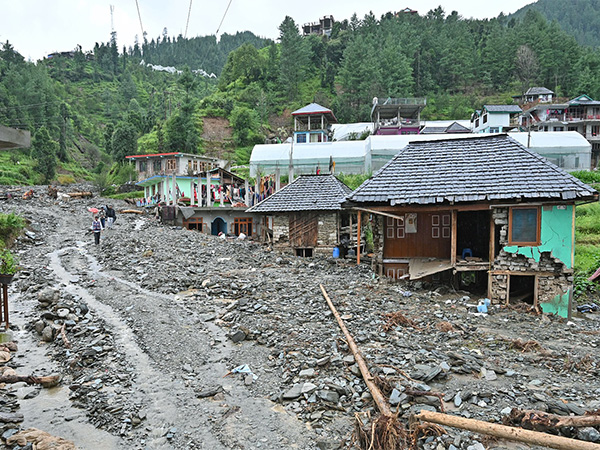Monsoon Fury in Himachal: Climate Change Triggers Increased Rainfall, Poses New Threats
Himachal Pradesh faces intensified monsoon rains for the third successive year, prompting concerns about climate change's role in increased high-intensity rainfall. After a deodar tree damaged the Environment Directorate building in Shimla, experts highlight global warming and altered weather patterns as root causes, with calls for urgent action to mitigate damage.

- Country:
- India
Himachal Pradesh is grappling with yet another year of intense monsoon rains, marking the third consecutive occurrence, sparking significant alarm among scientists and environmentalists. The increase in high-intensity rainfall is attributed to a perilous mix of global warming, disrupted western disturbances, and the monsoon system.
On Thursday morning, this issue became strikingly apparent when a massive deodar tree toppled onto the Environment Directorate building located in Shimla's US Club area. Leaning treacherously for days, the tree collapsed around 5:30 AM, partially damaging the building's roof and entrance. Thankfully, no casualties were reported.
Dr. Suresh Kumar Atri, a notable figure at the State Science and Technology and Environment Directorate, declared the event a stark indicator of evolving climate patterns. He extended the dialogue about the dangers posed by global warming, emphasizing the mounting threat of high-density rainfall events across broader regions. Atri urged collaborative initiatives to manage water channels and sustain natural drainage to buffer against future calamities.
(With inputs from agencies.)









